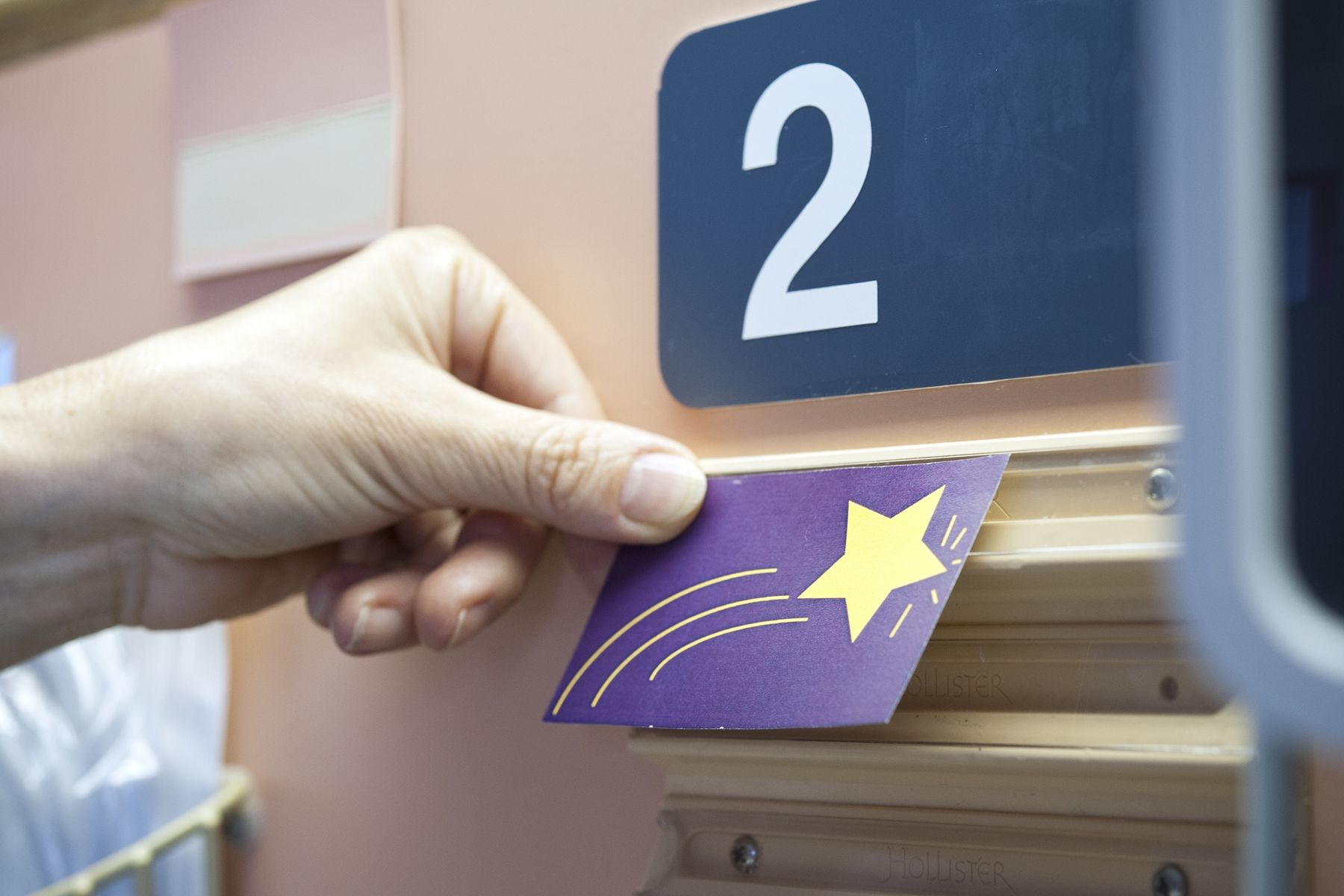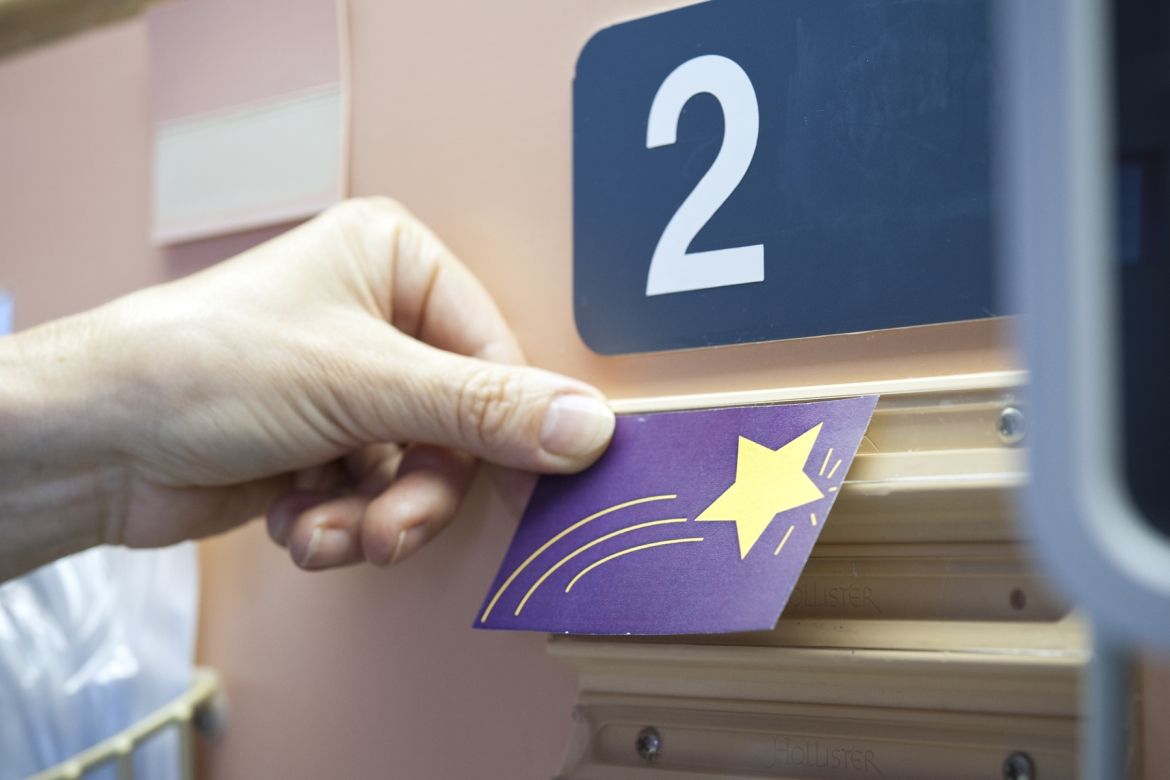Effective immediately masking is required for everyone when present on all inpatient units, in the Emergency Department (ED), the Urgent Care Centre (UCC), and the Children’s Outpatient Centre (COPC).

Preventing patients from falling is a safety priority at hospitals everywhere and with good reason. As Accreditation Canada points out, a patient fall can result in a serious injury, an increased length of stay and possibly lead to claims of clinical negligence. That is why it's created a Required Organizational Practice (ROP) around the issue.
It's aim is to make sure hospitals have a prevention strategy in place and that it includes staff training, early and ongoing patient risk assessments as well as regular evaluations to measure performance and encourage improvements. Here at Kingston General Hospital, we've been making steady progress in reducing the frequency of patient falls but there is always opportunity for improvement. The top three contributing factors to falls are impaired balance, confusion and patients wanting to be independent. Falls occurred most often from a bed, a chair and from a patient wanting to move about independently. "There is exciting and important work now underway at KGH that's going to help us take our fall prevention strategy to the next level," says Astrid Strong with Patient Safety. "It's a safety issue across all programs and patient populations and our goal will be to evaluate our current tools, processes and education, learn from them and then incorporate the new initiatives and leading practices into our overall corporate strategy to prevent falls." At the moment, KGH is using the 'Falling Star' program. It was launched in 2009 and it soon helped reduce the number of patient falls. Under it, if a patient is identified as being at risk of a fall, a Falling Star logo is posted on their inpatient chart, room door and above their bed to alert everyone that extra care is needed. Among the new initiatives now looking to build on its success is work being done at KGH by the Hospital Elder Life Program (HELP) and KGH's participation in the Mobilization of Vulnerable Elders in Ontario project (MOVE ON) created by the Council of Academic Hospitals within the Medicine Program. Strong says the Falls Prevention working group is also looking at posting the latest fall prevention metrics on individual units around the hospital to help create more awareness, peer accountability, and to drive improvement. The signs would be similar to those that show our most recent hand hygiene rates. Strong says she will soon be taking this idea to our Patient Experience Advisors for their input. "We're know that staff, physicians, learners and volunteers are all very interested in knowing more about how to mobilize patients safely so we'll be looking for new ways to support that," she says. Accreditation Canada surveyors will also be looking this September to see how we are doing on the Fall Prevention ROP. They'll be checking to see that people are informed and focused on helping our patients get around safely.





